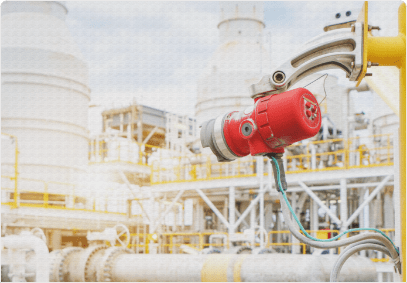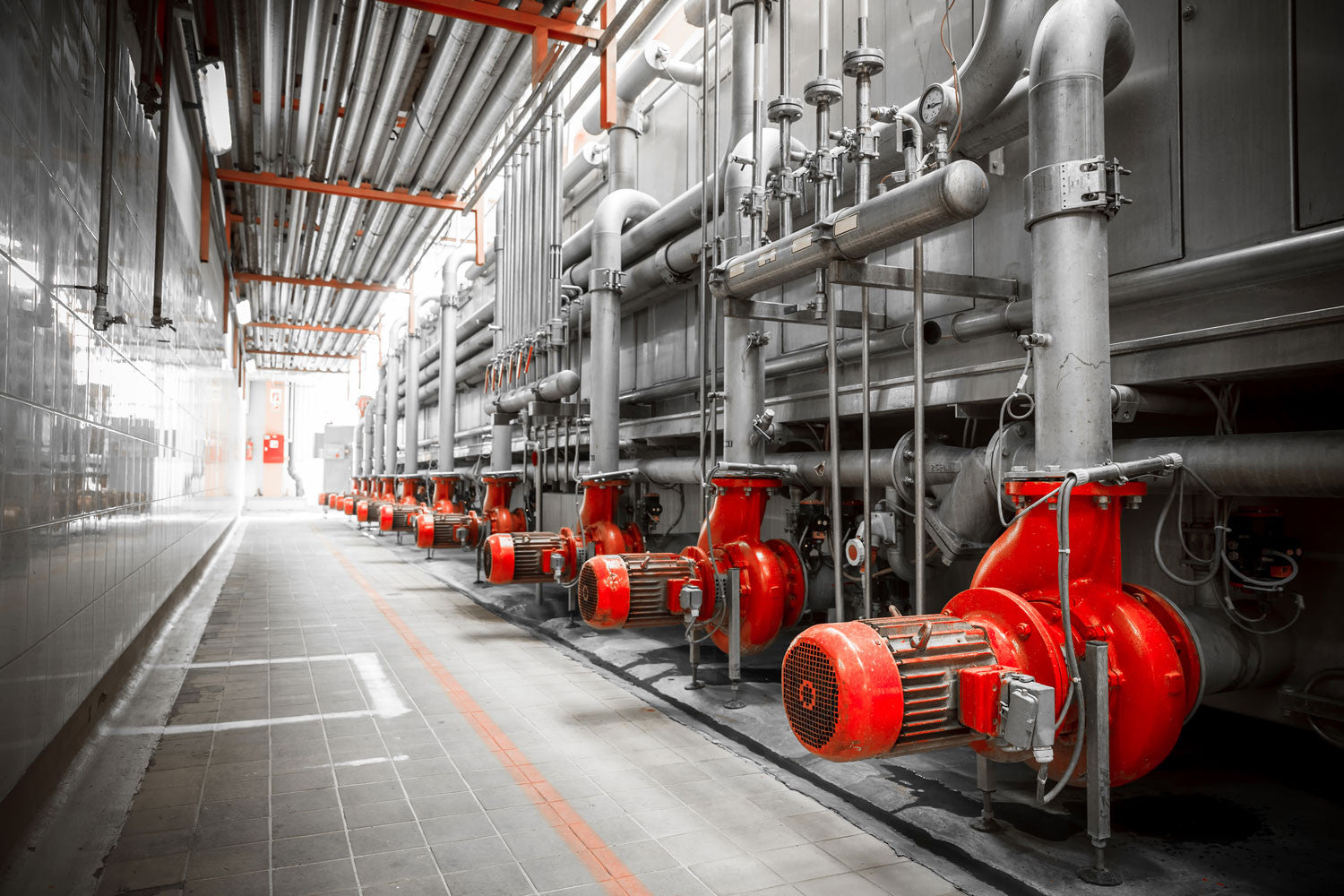Roar Solutions for Dummies
Roar Solutions for Dummies
Blog Article
How Roar Solutions can Save You Time, Stress, and Money.
Table of ContentsThe 8-Minute Rule for Roar SolutionsThe Greatest Guide To Roar SolutionsThe Single Strategy To Use For Roar Solutions
In such an environment a fire or surge is possible when three standard conditions are satisfied. This is commonly referred to as the "unsafe location" or "burning" triangle. In order to protect installments from a possible surge a method of evaluating and identifying a possibly harmful location is required. The function of this is to guarantee the proper choice and setup of equipment to ultimately prevent an explosion and to make certain security of life.
(https://www.pageorama.com/?p=roarsolutions)
No tools needs to be mounted where the surface area temperature of the equipment is higher than the ignition temperature of the given hazard. Below are some common dirt hazardous and their minimal ignition temperature. Coal Dust 380C 225C Polythene 420C (thaws) Methyl Cellulose 420C 320C Starch 460C 435C Flour 490C 340C Sugar 490C 460C Grain Dirt 510C 300C Phenolic Resin 530C > 450C Aluminium 590C > 450C PVC 700C > 450C Residue 810C 570C The chance of the risk existing in a concentration high enough to trigger an ignition will certainly differ from area to area.
In order to classify this danger an installment is split into areas of threat relying on the amount of time the hazardous is existing. These locations are referred to as Areas. For gases and vapours and dirts and fibres there are 3 areas. Zone 0 Area 20 A hazardous environment is extremely likely to be existing and may exist for lengthy periods of time (> 1000 hours each year) or perhaps continuously Zone 1 Area 21 A dangerous atmosphere is feasible but not likely to be present for extended periods of time (> 10 450 C [842 F] A category of T6 implies the minimum ignition temperature is > 85 C [185 F] Dangerous location electric equipment perhaps created for use in higher ambient temperatures. This would indicated on the ranking plate e.g. EExe II C T3 Ta + 60C( This suggests at 60C ambient T3 will certainly not be surpassed) T1 T1, T2, T3, T4, T5, T6 T2 T2, T3, T4, T5, T6 T3 T3, T4, T5, T6 T4 T4, T5, T6 T5 T5, T6 T6 T6 A T Class rating of T1 suggests the optimum surface area temperature generated by the tool at 40 C is 450 C. Presuming the associated T Class and Temperature level ranking for the devices are proper for the location, you can constantly utilize a tool with an extra strict Department score than required for the location. There isn't a clear solution to this concern. It actually does depend upon the sort of equipment and what fixings need to be accomplished. Devices with specific examination treatments that can't be carried out in the field in order to achieve/maintain 3rd party score. Have to come back to the factory if it is before the tools's service. Area Repair By Authorised Personnel: Complex testing might not be needed nonetheless specific procedures may need to be adhered to in order for the devices to preserve its 3rd party ranking. Authorized personnel must be utilized to carry out the work correctly Fixing need to be a like for like substitute. New element need to be thought about as a straight substitute requiring no unique screening of the devices after the repair work is complete. Each item of equipment with a hazardous score should be assessed individually. These are described at a high level listed below, yet for more detailed information, please refer straight to the standards.
The smart Trick of Roar Solutions That Nobody is Discussing
The equipment register is a detailed database of tools records that consists of a minimum set of fields to identify each product's place, technological specifications, Ex category, age, and ecological data. This information is critical for tracking and handling the equipment efficiently within unsafe locations. On the other hand, for routine or RBI sampling examinations, the grade will certainly be a mix of Thorough and Close examinations. The ratio of Comprehensive to Close assessments will be determined by the Devices Risk, which is evaluated based upon ignition threat (the probability of a source of ignition versus the likelihood of a combustible ambience )and the hazardous area classification
( Area 0, 1, or 2). This variant will likewise affect the resourcing requirements for work prep work. When Whole lots are defined, you can create sampling plans based on the example size of each Lot, which describes the number of arbitrary devices things to be checked. To figure out the needed sample size, 2 elements require to be reviewed: the size of the Lot and the classification of inspection, which indicates the degree of initiative that need to be applied( decreased, regular, or boosted )to the assessment of the Whole lot. By integrating the category of examination with the Great deal size, you can after that establish the appropriate being rejected criteria for an example, suggesting the permitted number of damaged products located within that example. For even more details on this process, please refer to the Energy Institute Standards. The IEC 60079 common recommends that the optimum period in between examinations must not exceed three years. EEHA inspections will certainly also be performed outside of RBI projects as part of scheduled upkeep and tools overhauls or repairs. These inspections can be credited toward the RBI sample sizes within the affected Lots. EEHA inspections are carried out to determine faults in electrical devices. A heavy racking up system is essential, as a single tool may have multiple faults, each with differing levels of ignition threat. If the consolidated rating of both inspections is much less than two times the fault score, the Whole lot is regarded acceptable. If the Lot is still thought about unacceptable, it must undertake a full inspection or validation, which may trigger more stringent assessment methods. Accepted Great deal: The reasons for any kind of faults are recognized. If an usual failing mode is discovered, additional equipment might require maintenance. Faults are identified by severity( Safety, Integrity, House cleaning ), making certain that immediate concerns are assessed and resolved promptly to minimize any influence on security or procedures. The EEHA data source must track and videotape the lifecycle of mistakes along with the restorative activities taken. Implementing a robust Risk-Based Evaluation( RBI )method is important for her latest blog making sure conformity and safety and security in handling Electrical Tools in Hazardous Areas( EEHA) (Roar Solutions). Automated Mistake Rating and Lifecycle Monitoring: Effortlessly manage mistakes and track their lifecycle to improve assessment accuracy. The intro of this support for risk-based examination further enhances Inspectivity's placement as a best-in-class service for regulatory compliance, as well as for any kind of asset-centric examination usage situation. If you have an interest in discovering more, we invite you to ask for a demonstration and uncover just how our option can transform your EEHA administration processes.
About Roar Solutions

In terms of explosive threat, a hazardous area is an atmosphere in which an explosive ambience is present (or might be expected to be existing) in amounts that require special preventative measures for the building and construction, setup and usage of tools. electrical refresher course. In this article we discover the challenges dealt with in the office, the risk control procedures, and the required proficiencies to function securely
These materials can, in certain conditions, create eruptive atmospheres and these can have significant and unfortunate effects. Many of us are acquainted with the fire triangular get rid of any kind of one of the 3 components and the fire can not happen, however what does this mean in the context of hazardous locations?
In many circumstances, we can do little concerning the degrees of oxygen airborne, but we can have significant influence on sources of ignition, for instance electric equipment. Hazardous locations are documented on the dangerous location classification illustration and are identified on-site by the triangular "EX-SPOUSE" indicator. Right here, amongst various other key info, areas are divided right into 3 types depending upon the risk, the possibility and period that an explosive atmosphere will certainly exist; Zone 0 or 20 is considered the most harmful and Zone 2 or 22 is considered the least.
Report this page